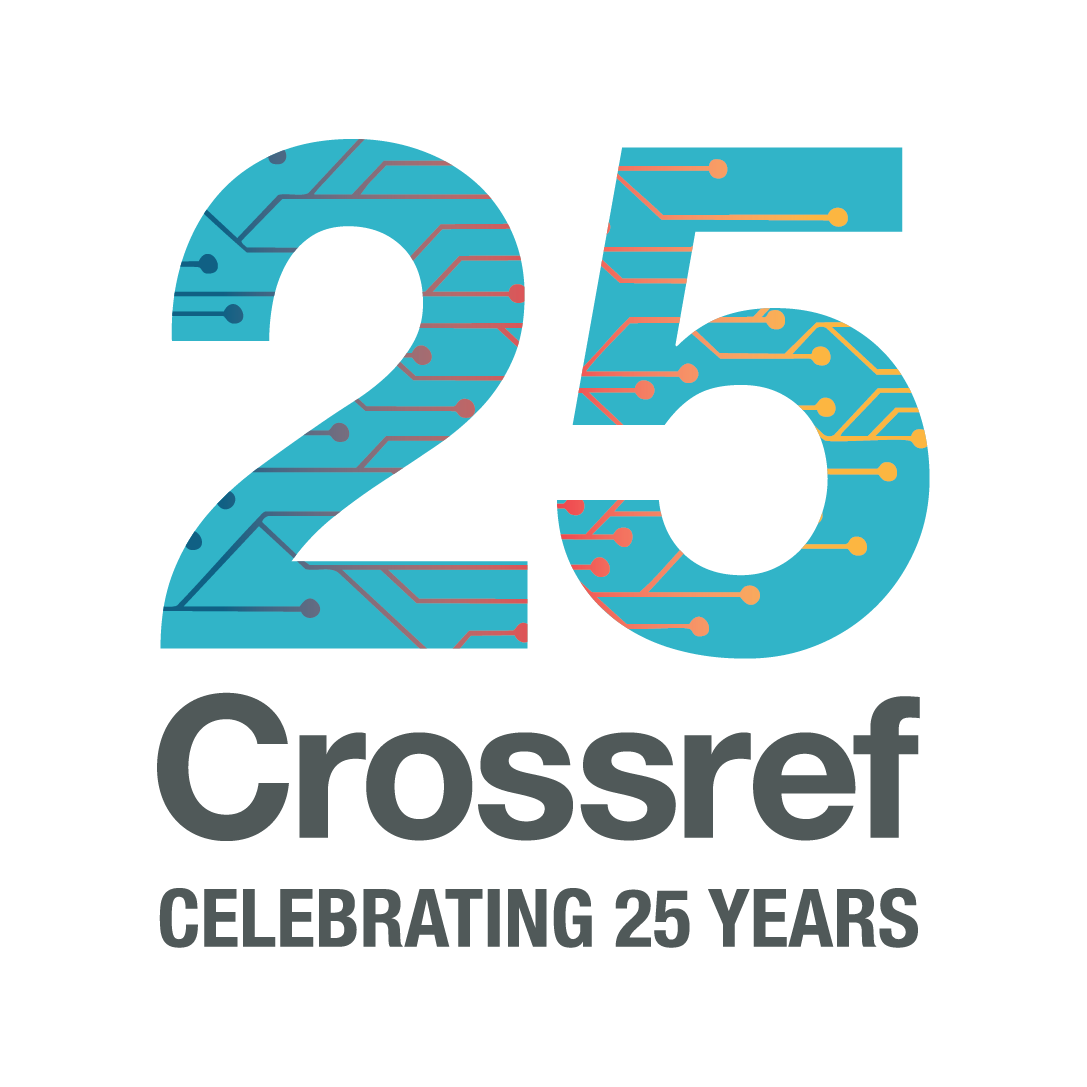Crossref is a membership organisation, and it’s the global community of members that creates the Research Nexus together. Meeting our community locally is a highlight and an important learning experience. This year, we started by connecting with a growing community in Accra, Ghana - our first in-person event in the country included in our GEM program. From 14 members in 2023 to 31 in 2025, our community in Ghana is blooming.
At its core, Crossref Accra 2025 was about showing up for the community in Ghana - listening, learning, and building together. On the 20th of March, we welcomed 66 participants: journal editors, university staff, librarians, and researchers. People who are doing the real work of making scholarly publishing happen in the region.









